Who is Chris Voss and why listen to him?

Chris Voss was an FBI agent for 24 years. He worked his way up to being the top kidnapping negotiator in the entire FBI organization. In other words, he reached the peak of his profession and was known to be very good at what he did.
In this book, Chris shares many exciting stories of times when he helped to release a hostage safely. More importantly, he shares many lessons in negotiation, lessons that are universal. This means it doesn’t matter if you’re an FBI negotiator or you’re just trying to get a higher salary or resolve a family conflict. The principles of human communication are always the same.
Being on the phone with bank robbers and terrorists forced Chris and the FBI to find negotiation strategies that work no matter what. And these are the exact same strategies you’re about to learn.
Today Chris runs a consulting group called Black Swan Ltd that helps Fortune 500 companies win complex negotiations.
❤️ 1. Negotiate with Emotion: Emotional intelligence, not just reason and logic, is crucial in effective negotiation
Back in the 1970s, the FBI and other law enforcement organizations didn’t have a clear negotiating strategy. Or rather, their strategy was mainly to keep the bad guys talking until someone figured out how to shoot them.
Then a few bloody hostage events forced them to change their whole approach to negotiation. The final nail in the coffin was a 1971 plane hijacking in Jacksonville Florida. A couple hostages got off the plane, but then the FBI decided to shoot the engine which made the hijacker panic and kill the two remaining hostages, as well as himself.
In the 1975 court case that followed, the judges determined the FBI was at fault and they should always attempt negotiation before using force. This gave birth to specialized negotiation departments all over the country.
Getting to Yes
In 1981, a groundbreaking book on negotiation was published called Getting to Yes by William Ury and Roger Fisher, both influential leaders in the Harvard Negotiation Project. This book became the bible for professional negotiators, everybody from FBI agents to businessmen studied it religiously.
The strategy inside Getting to Yes assumed that people are basically “rational actors” who always work to maximize their self interest. The ideas inside it were steeped in economic and mathematical thinking. One of the core rules in this book was to “separate the person from the problem” or in other words take emotion out of the situation.
However, there was a big problem. The elegant theories in the book did not seem to work in the messy spontaneous world of law enforcement, no matter how many FBI agents tried to follow the strategy.
As it turns out, people are not always rational actors. People are often emotional, especially when they are scared people with guns. And that’s where the old Harvard approach fell short for Chris in the real world.
What were needed were simple psychological tactics and strategies that worked in the field to calm people down, establish rapport, gain trust, elicit the verbalization of needs, and persuade the other guy of our empathy. We needed something easy to teach, easy to learn, and easy to execute.
Recognizing emotions and irrationality
The next evolution of negotiation recognized that humans are often driven by emotions and subconscious needs. Decades of research done by Daniel Kahneman and Amos Tversky proved beyond doubt that humans often make decisions irrationally. Their research (for which Kahneman won a Nobel prize in Economics) shone light on the fact that ALL humans have what are called Cognitive Biases, which cause us to make decisions in irrational yet predictable ways.
For example, most of us have probably heard of Confirmation Bias. This bias causes people to seek out evidence that confirms their existing beliefs and ignore facts that contradict their old beliefs. That’s probably why right wing people gravitate to Fox News and left wing to CNN.
Marketers and politician know how to influence us by taking advantage of these Cognitive Biases. The professor Robert Cialdini recently wrote a great new book called Pre-Suasion which explains how human attention can be captured, directed and used for persuasion. He applies a lot of Daniel Kahneman’s research to marketing, public relations and sales. If you’re interested, then go read our summary of Pre-Suasion by Robert Cialdini.
In the 1970s, the FBI didn’t have much of a negotiation strategy. In the 1980s, they assumed people were “rational actors” which didn’t really work. Then the FBI learned to work with human emotions and cognitive biases rather than ignoring them, and they became much more effective at negotiation.
👂 2. Listen deeply: Genuine listening helps you to understand the other person’s worldview
It all starts with the universally applicable premise that people want to be understood and accepted. Listening is the cheapest, yet most effective concession we can make to get there. By listening intensely, a negotiator demonstrates empathy and shows a sincere desire to better understand what the other side is experiencing.
Hollywood movies often depict good negotiation as being aggressive or adversarial. Two people pushing hard to get what they want. However, Chris says a forceful approach usually gets you nowhere and only invites resistance.
The FBI has found the most effective negotiation approach starts with empathy. This means listening to the other side with your full attention. A good negotiation can sound very similar to a conversation with a therapist, at least in the beginning. The first step is to understand their position, feelings, needs and worldview as deeply as you can. It’s only when they feel understood that the negotiation can begin.
By the way, this doesn’t mean agreeing with everything they say. Don’t agree, but just show you understand their position.
The psychologist Marshall B Rosenberg created a 4-step process for communicating with empathy. He taught how we can communicate our own feelings, needs and requests without triggering defensiveness or hurt in the other person. This process includes very practical directions for how we can listen to others so they feel truly understood, by putting aside our own judgement and criticism.
If you want to learn how to communicate more intelligently in relationships and conflicts, then go look at our summary of Nonviolent Communication by Marshall B Rosenberg.
In a hostage negotiation, the FBI assigns a whole team of experts just to listen in on the negotiation. That’s how important they consider listening to be. Multiple people can listen more effectively than one person because every one of us is somewhat blinded by our individual worries and biases.
Listening with an open mind is the first step to effective negotiation. They should feel that you fully understand their positions, beliefs, feelings and worldview. The beginning of a good negotiation can sounds similar to a conversation with a therapist.
🔄 3. Reflect Their Viewpoint: Summarize their position back to them to demonstrate your understanding and empathy
The first practical way to demonstrate understanding is to summarize what the other person has told you. This means repeating back what they said in a shorter way, and in your own words. When you do this, they see that you were really listening and know what they were trying to say.
Chris Voss says the best two words you can hear in a negotiation are “that’s right.” So after you summarize their position, ideally they will acknowledge that you’ve understood by saying something like “that’s right.”
Notice this is the exact opposite of what many of us naturally do when we negotiate. A lot of us think we need to argue and force our thinking onto the other person until finally they give up and say “okay you’re right.” Well, this approach which begins with empathy totally flips that around, and it is very effective.
In 2000 in the Philippines, a Jihadi militant group called Abu Sayyaf kidnapped a 24-year-old American named Jeffrey Schilling. They asked $10 million ransom and Chris was in charge of the negotiations.
Through an intermediary Philippine police officer, Chris spent a lot of time talking to the leader of that group on the phone. This leader was clearly obsessed with a version of history that said Muslims were oppressed in the Philippines for 500 years and they deserved war damages. Chris and his team tried repeatedly to reason him out of this obsession, but he wouldn’t let it go. These talks went on and on for 4 months.
So they tried something different. He told the officer next time they were on the phone to give a complete summary of all the leader’s beliefs about oppression and war damages. When this happened, the leader was silent for a long time and then he said “that’s right.”
From that point on on, their conversations had a more level-headed tone. They no longer mentioned war damages or even money. Eventually the terrorist group let their guard down and the hostage escaped the camp and was rescued. Demonstrating empathy had no doubt saved the man’s life by calming the situation and buying time for him to escape.
One of the best ways to demonstrate understanding is to repeat back what the other person said, in a shorter way, and in your own words. The best two words you can hear in a negotiation are “that’s right” when the other side acknowledges you’ve captured their feelings, beliefs and needs.
🔖 4. Label Thoughts and Feelings: Verbally label what the other person is thinking and feeling out loud to validate their experience
Another very simple but effective way of showing you understand the other person is labeling. Labeling is what Chris calls verbally stating out loud what the other person is probably thinking and feeling right now.
Labels usually start with “It seems like…” or “It looks like…”
This defuses negative emotions that may be festering inside. Studies by professor Matthew Lieberman at UCLA show that when people verbally label an emotion, the activity in the fear center of their brain goes down.
Research shows that the best way to deal with negativity is to observe it, without reaction and without judgment. Then consciously label each negative feeling and replace it with positive, compassionate and solution-based thoughts
One day Chris was called to an apartment that had multiple armed people locked inside. They had just committed a crime and were scared and possibly desperate. So Chris and his two partners spent six hours outside the door, verbally labeling what the people inside must be thinking and feeling.
Now, pay close attention to exactly what we said: “It looks like you don’t want to come out. It seems like you worry that if you open the door, we’ll come in with guns blazing. It looks like you don’t want to go back to jail.”
The FBI repeated these types of statements calmly for many hours, with zero response. Finally after 6 hours, the door slowly opened and the criminals came out with their hands up. Why? They realized the police weren’t going anywhere. And no doubt the verbal labeling of their feelings helped them feel calm and safe enough to go outside.
Labeling means saying out loud what the other person is thinking or feeling right now. These sentences often start with “It seems like…” or “It looks like…” Labels help defuse negative emotions and improve feelings of understanding.
📝 5. Address Accusations: List all the worst accusations or criticisms they may say, and address them upfront to defuse tension
Before an important negotiation, we should list all the worst accusations or objections the other person may say to us. These are all the worst parts of the deal from their point of view.
Then you should share and deal with these accusations right at the beginning of the negotiation. This may sound a little crazy. I mean, why would you want to put attention on all the bad parts of your side of the deal? But just like labeling, doing this can defuse many negatives before they even come up.
For example, if you’re selling a house, you could acknowledge a carpet needs replacing. If you’re applying for a job, you could admit the very beginning you only have a couple years experience in the field.
In the end, you’ll be in a much stronger position to overcome any objection if YOU are the one who bring it up. You’ll have time beforehand to prepare a great response. But if you wait until they mention the negative thing, then you’ll be in a much weaker position. Plus, if they think you tried to hide the negative, that can break trust. Or they might notice the negative but never bring it up, yet that secretly kills the whole deal.
Make a list of all the worst accusations they may throw at you. If you are the one who brings up a negative accusation or objection first, then you are in a much stronger position to address it. You’ll have time to prepare a great response. And often these negatives can go unsaid, yet kill the whole deal anyway.
🗣️ 6. Radio Show Voice: Speak calmly with a slow, calm, clear voice—like a late night radio show host
We’ve all heard the statistics that nonverbal communication makes up the majority of what we communicate to people around us. Chris says this is true, and that our voice is the most powerful tool we have to dramatically improve the impact of our communication. Often too many of us get hung up on learning magic words to say, and we forget that how we say them is even more important.
There are types of 3 voices you can negotiate with:
- The playful and positive voice. This is sounding happy and easygoing, having a smile on your face and being relaxed. Chris says we should use this one most of the time.
- The late night radio host voice. This is talking slowly, calmly and clearly, showing that you are in control of the situation here. Chris usually uses this tone in hostage negotiations because it helps people feel calm and safe.
It’s also important to have a slight downward inflection at the end of your sentences. Having an upward inflection like you’re asking a question is not good because you sound more uncertain.- Direct assertive voice. This is often how police officers talk in Hollywood movie negotiations. Chris says this one often causes problems and invites resistance, so it shouldn’t be used often.
Most of the time, your voice should be either light/positive or you should sound like a late night radio host. That means speaking slowly, calmly and with a downward inflection. This helps make the situation feel calm and safe.
💡 7. Ask Open-Ended Questions: Open questions encourage dialogue and help you “disagree without disagreeing”
Open-ended questions have become one of the most powerful tools of the FBI. An open-ended question is basically a question that requires a longer response, while a close-ended question can be answered with “yes” “no” or a short fact.
The way to start an open-ended question is with the words “what” or “how.” Asking “why” can too often sound accusatory. And the other questions like “when” or “who” are close-ended.
Why are open-ended questions so great? Because they let you say no and disagree with the other person, without sounding like it! You actually sound like you’re asking them for help respectfully.
Robert Estabrook once said, “He who has learned to disagree without being disagreeable has discovered the most valuable secret of negotiation.”
For example, in hostage negotiations, if the kidnapper says how much money they want, Chris does not disagree with them directly. Instead he often asks the open-ended question, “How am I supposed to get that kind of money?” Immediately the focus of the negotiation shifts and the kidnapper starts to concentrate on Chris’s problem of affording the ransom. In many cases, they will immediately decrease how much money they’re demanding, without being asked to!
Open-ended questions also essentially get the other person creating the plan for solving YOUR problems. For example, if you’re a freelancer not getting paid on time, you can ask “How am I supposed to accept that?” In Chris’s experience, they will often start talking about a payment plan to get you paid. Compare this approach to what many people might say, like “This is unacceptable” or “You have to pay us on time!” both of which would probably incite pushback.
As a side benefit, when the other person invests their own thought into a plan, they will be much more committed to it. Chris says too often in negotiations, people may give a fake “yes” just to get rid of you for a while, but they do not follow through with the plan because they feel no ownership of it.
An open-ended question is a question that requires a longer response than “yes” or “no.” These usually start with “how” or what” Open ended questions are a powerful way to disagree and guide the conversation in your direction while sounding like you’re just asking for help. For example, when a kidnapper demands ransom money, Chris doesn’t disagree or argue but just says “How am I supposed to get that money?” which almost always shifts the whole focus of the conversation.
👀 8. Watch For Leverage: Be observant to uncover useful details that will give you leverage in the negotiation
Leverage in a negotiation means your ability to give the other person what they want or take away something they are afraid of losing. That’s basically Chris’s definition. So when we talk about who has more leverage in a negotiation, that means who has more of an advantage to influence the other person.
Chris outlines 3 types of leverage:
- Positive leverage. Your ability to give something the other person wants. For example, if you’re selling a home that looks like the other person’s dream home, then you have a lot of leverage. BUT if you need to sell your home in the next week and only one person is interested, then THEY have a lot of leverage over you because you really want the money.
Donald Trump understands leverage very well. In his book The Art of the Deal, he defines leverage as “having something the other person wants.”
He also gives the advice that “If you want to buy something, it’s obviously in your best interest to convince the seller that what he’s got isn’t worth very much.” In other words, you can reduce the other side’s leverage if you can lower the perceived value of their item. Like if you’re buying a house and you mention a few flaws, then the seller may become more open to a lower priced offer. If you want to learn more of Trump’s secrets to negotiation, then go read our summary of The Art of the Deal by Donald Trump.
- Negative leverage. This is being able to inflict some loss or pain on the other party. For example, kidnappers can kill a loved one, this leverage allows them to ask for large sums of money.
- Normative leverage. This is about influencing someone through their personal beliefs or rules. These can include religion, patriotism, life philosophy or group identities. Here’s a good story of Chris finding normative leverage in a difficult situation…
In 2003, a tobacco farmer named Watson drove his jeep and tractor into the middle of the Washington government monuments. He said he had a bomb.
With the whole US capital shut down, Chris and his team began talking with Watson from a converted RV. Rather than trying to convince him to surrender, they got to work uncovering his worldview. They found out he was a tobacco farmer who was being driven out of business by the elimination of subsidies, and he wanted the whole country to know the struggle of tobacco farmers. He was also an army veteran. But the most important piece of information was picked up by one of Chris’s colleagues…
About thirty-six hours in, Winnie Miller, an FBI agent on our team who’d been listening intently to subtle references Watson had been making, turned to me. “He’s a devout Christian,” she told me. “Tell him tomorrow is the Dawn of the Third Day. That’s the day Christians believe Jesus Christ left his tomb and ascended to Heaven. If Christ came out on the Dawn of the Third Day, why not Watson?”
Sure enough, that worked. After they said that to Watson, he surrendered. His strong Christian faith was a piece of normative leverage, a critical piece of information that was discovered spontaneously through careful listening.
The power of black swans
Chris calls these Black Swans, these type of unexpected revelations that sometimes happen in the middle of negotiations. He says we always need to keep our eyes and ears open to new information that could change the entire balance of the negotiation.
You see, for a long time people used to call anything impossible a “black swan,” because black swans didn’t exist. Then one day something astonishing happened. A European explorer in Australia walked across a real, living black swan.
So the author Nassim Taleb now calls a Black Swan an event that was thought to be impossible, until one day it happens. For example, nobody could have predicted the terrorism attacks of 9/11 or the rise of the internet. Taleb’s book called The Black Swan is all about how to understand and be better prepared for these events.
Leverage is having some advantage to influence the other person in a negotiation. Positive leverage is having something they want. Negative leverage is being able to inflict some loss they don’t want. And normative leverage is being able to influence someone through the rules, beliefs or philosophy they hold. This last one is why listening closely is so important, so you can discover what makes the other person tick.
🧠 9. Use Cognitive Biases: Understanding typical biases or false beliefs people have can give you an edge in negotiations
At the beginning of this summary, we briefly mentioned cognitive biases. Cognitive biases are irrational ways our brain distorts the world. And because every human has these cognitive biases, we can often create leverage out of thin air by using these cognitive biases.
In 2004 there was a huge spike in kidnappings in Haiti. People from influential or rich families were being grabbed for big ransom payments. Chris was sent to help the situation.
He noticed something odd—the kidnappings would always spike on Mondays. As the weekend approached the kidnappers appeared increasingly eager to get paid. It turned out These kidnappers were just low-level criminals looking for money to party on the weekend.
Chris knows deadlines often cause people to make irrational decisions. Like you’re much more likely to get a good deal at a car dealership if the salesperson’s quarterly deadline is coming soon. So in Haiti Chris timed the negotiations with the kidnapper near the end of the week, which helped him get far lower deals.
Those negotiations usually started by Chris wearing the kidnappers down with open-ended questions. One of them asked for $150,000. So Chris told the family member of the hostage to say “How am I supposed to get that money?” Which stumped the kidnappers. After several rounds of this, they dropped their demands to $50,000 and then $25,000.
Next Chris told the family member to make a first offer of $3000. This low-ball offer takes advantage of a cognitive bias called Anchoring Bias that all humans have. Essentially, the very low number became a new point of comparison in the negotiations, and the kidnappers dropped their demands significantly to $10,000.
After a couple more offers back and forth Chris then had the family member offer a very specific number: $4751. He says this is another bias people have. A very specific number feels like it’s based in some real data or limitations, while numbers that end in zeros feel loose and flexible. The kidnappers accepted.
We can often create leverage or advantage in a negotiation through cognitive biases—which are the ways our brains distort our decision-making. In the Haiti example, Chris creates leverage from nothing using cognitive biases related to deadlines, anchors and specific numbers.
Conclusion
Let’s return to that last example from Haiti. The end price paid to those kidnappers offers a great lesson in fairness in negotiations.
What is fair? Many people believe that “splitting the difference” is the most fair way to negotiate. In other words, if the kidnappers ask for $150,000, but we want to pay $0, then we should “split the difference” and pay $75,000. But in what world is that fair? The criminal’s demand is not based in anything.
Chris believes people use those kinds of negotiation strategies not because they work, but because they feel easy and comfortable. Armed with the lessons from this book, you can now do better than that. And that’s why Chris titled this book “Never Split the Difference.”
As usual, there are a lot more great tips, stories and details in the full book. I definitely recommend you check it out if you enjoyed this summary.

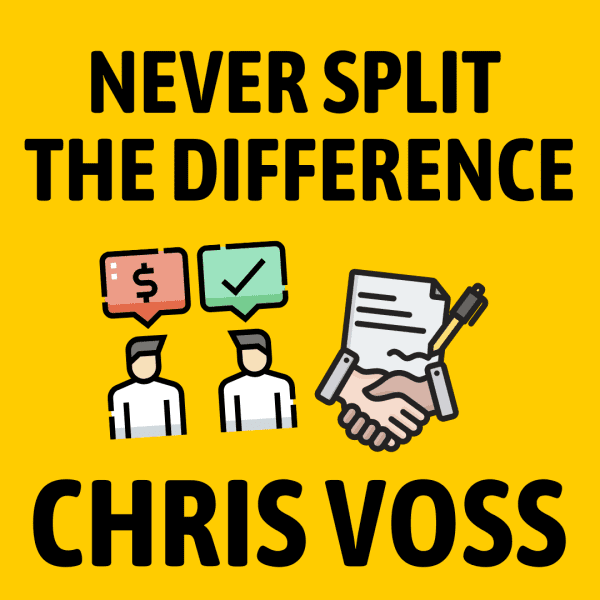
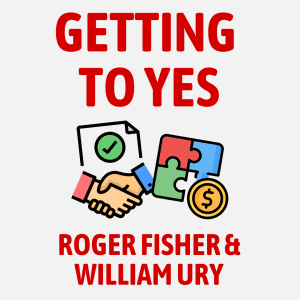
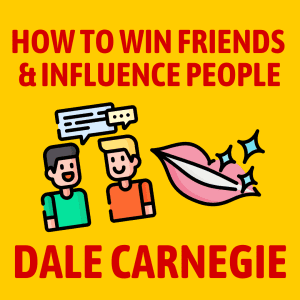
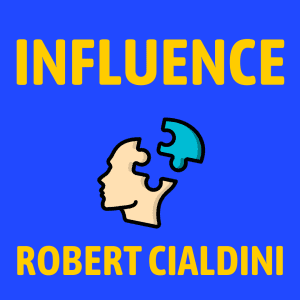
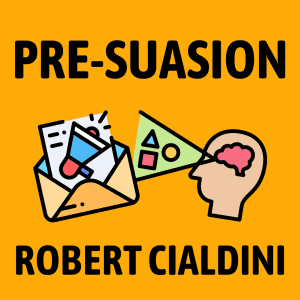

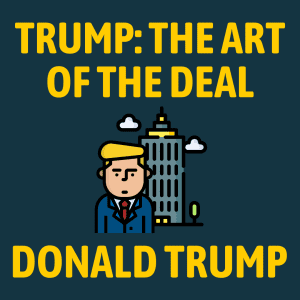
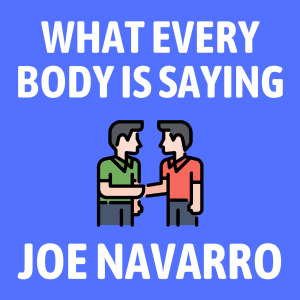

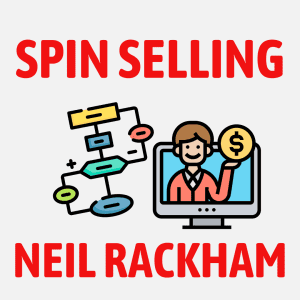
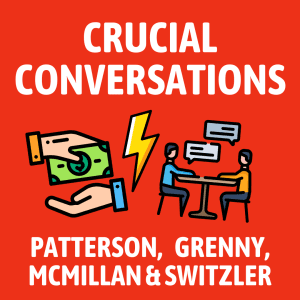


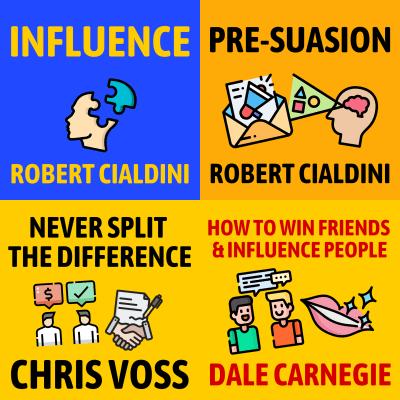
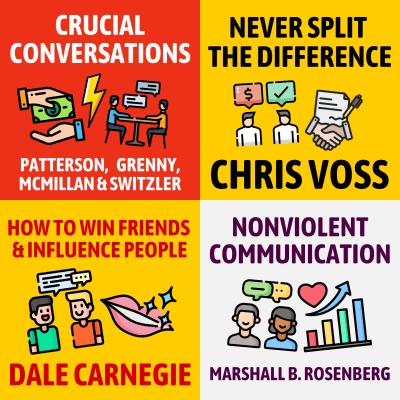
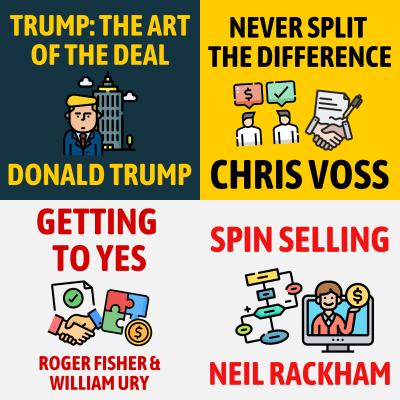
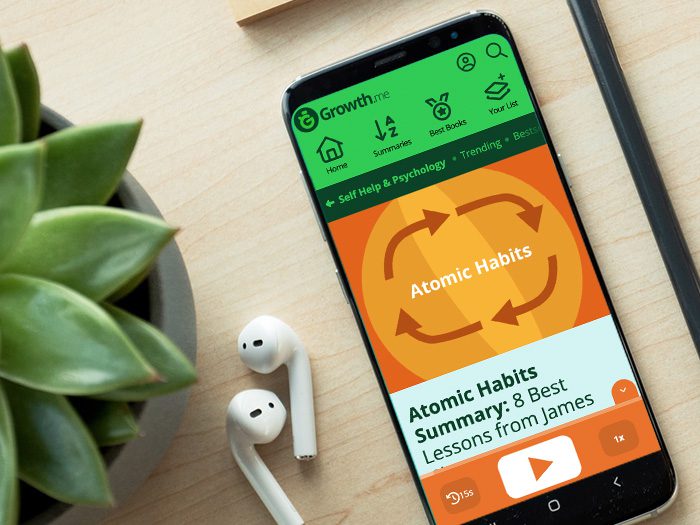
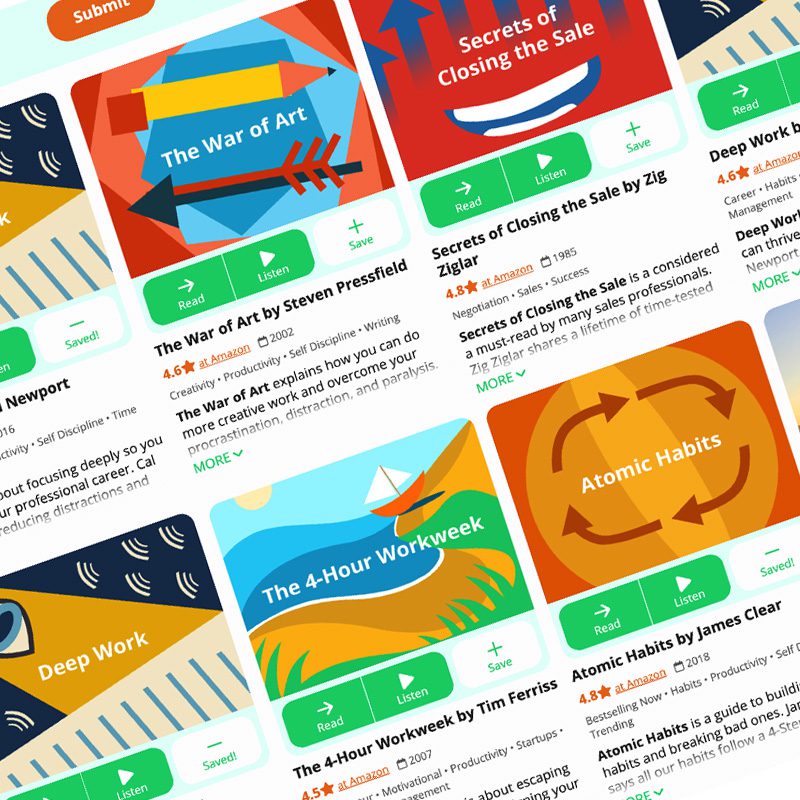
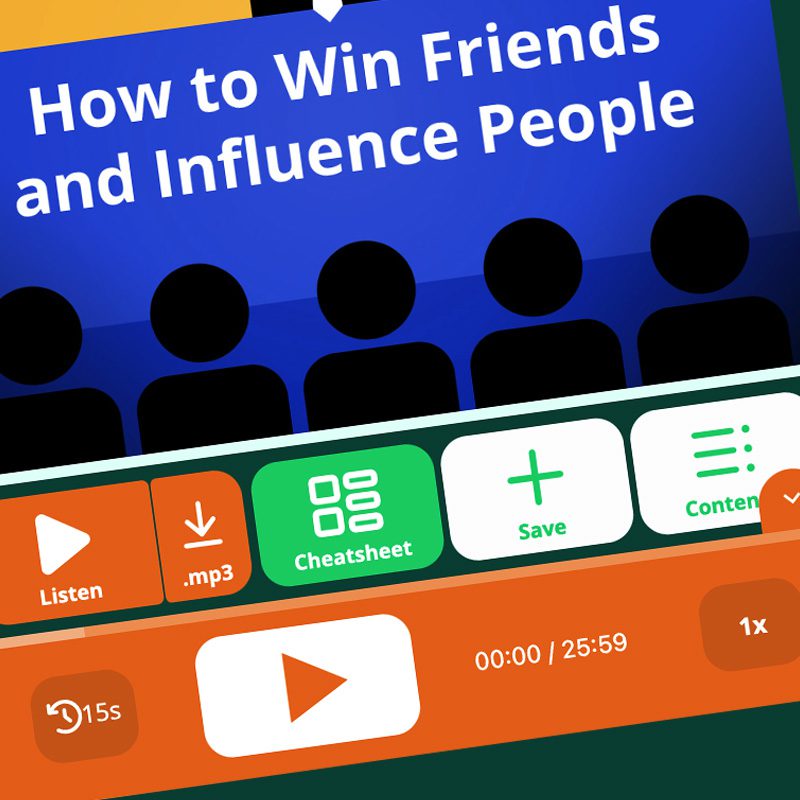
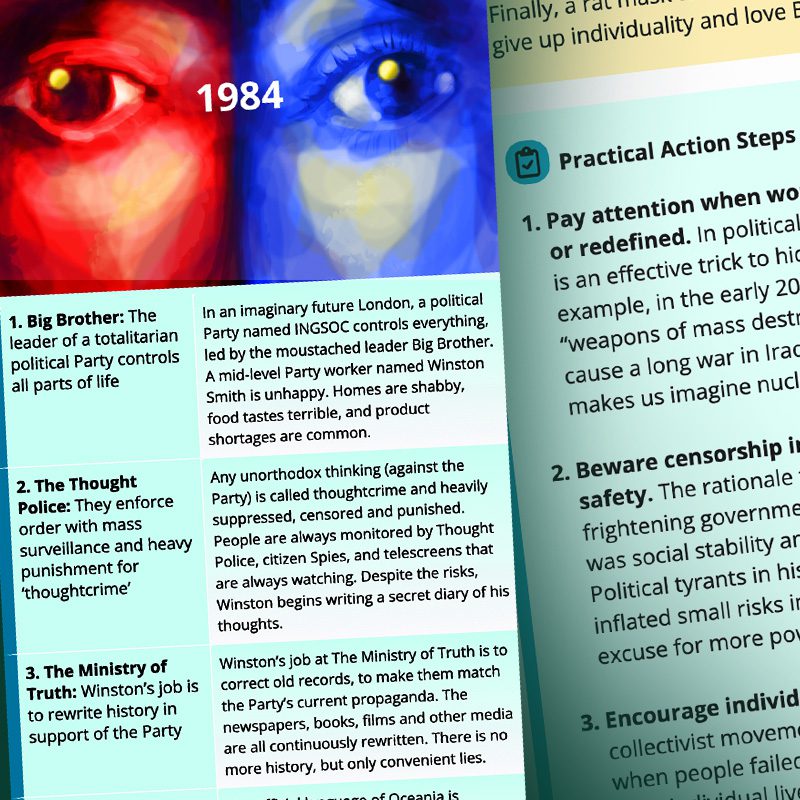

Community Notes